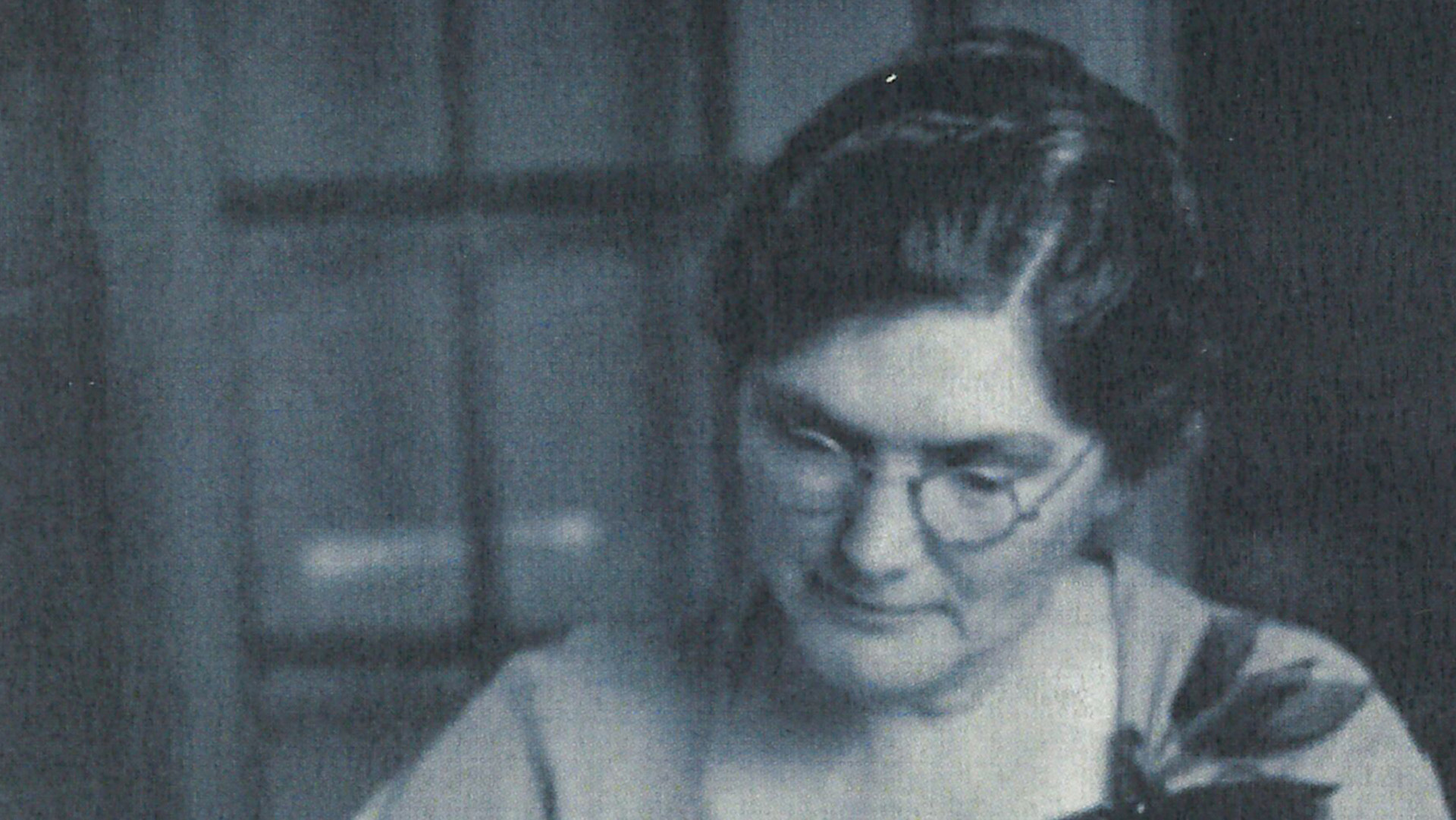Meet The Founders: Ethel Harpst
Ethel Harpst’s commitment to children in need

“I will do the best I can.” With those words, Ethel Harpst unknowingly started the realization of a dream she’d held for years. Growing up in the foothills of the Appalachian mountains, Miss Harpst longed to build a home to serve women and their children living in poverty. In pursuit of that dream, she became a Deaconess in the Methodist Episcopal Church, South. Deaconesses were responsible for carrying out the work delegated to the Woman’s Board of Home Missions, and today Deaconesses are commissioned as “laywomen and laymen who are called by God to be in a lifetime relationship in The United Methodist Church for engagement with a full-time vocation in ministries of love, justice, and service.” It is fitting that Miss Harpst was one of the first Deaconesses, as her life was dedicated to and defined by her ministry of love, justice, and service to the children and families of Cedartown.
In 1914 Ethel Harpst left her hometown of Boaz, AL, and was sent to Cedartown to serve as superintendent of the McCarty Settlement House. The Methodist Church had established the settlement house in the Goodyear Mill Village there which offered a kindergarten and day care for mill workers and a night school for the parents. Church that was held in the settlement house until a church building could be garnered. Miss Harpst, a brilliant innovator and manager, directed all of these activities.
Miss Harpst accepted this appointment with the understanding that the position would be temporary and allow her to serve mothers and children in the poverty-stricken areas of northern Georgia and Alabama. For the next ten years, Miss Harpst taught, led community events, and cared for the sick in the community. As various illnesses claimed the lives of mothers in the Cedartown area, she realized that the need existed right where she was for a children’s home like the one she had dreamed of. One dying mother asked Ethel to take her children and look after them on her passing, to which Miss Harpst replied, “I will do the best I can.” Soon after, she had more children than could comfortably fit in the Settlement House. So they moved into a larger facility, and in 1924 the Ethel Harpst Children’s Home was established.
Even the larger home quickly proved to be insufficient, and the need for space grew. Miss Harpst expressed, “The Holy Spirit breathed a prayer into my weary soul and constantly a prayer went up to my Father in Heaven to provide a place where these little ones and others like them could have a home and an opportunity to grow up to be useful men and women.” Due to those constant prayers and her ambitious commitment, Miss Harpst was successful in finding support for additional buildings to house the ever-growing group of children in her care. Mr. and Mrs. Henry Pfeiffer were particularly integral in the development and construction of the Ethel Harpst Children’s Home’s campus. Harpst retired in 1951 at the age of 68.
Though her life’s work looked different from her original dream, Ethel Harpst’s consistent pursuit of her calling by God toward love, justice, and service made her an exemplary Deaconess. She may not have dreamed that her simple promise to “do the best I can” would end up impacting thousands of children, and perhaps that’s what makes her so extraordinary. She didn’t set out to save the lives of children for decades; she was simply doing what needed to be done in and for her community. Ethel Harpst lived out her devotion to God and to the children around her who needed help and hope, and that legacy is one continued today at Murphy-Harpst Children’s Centers.
